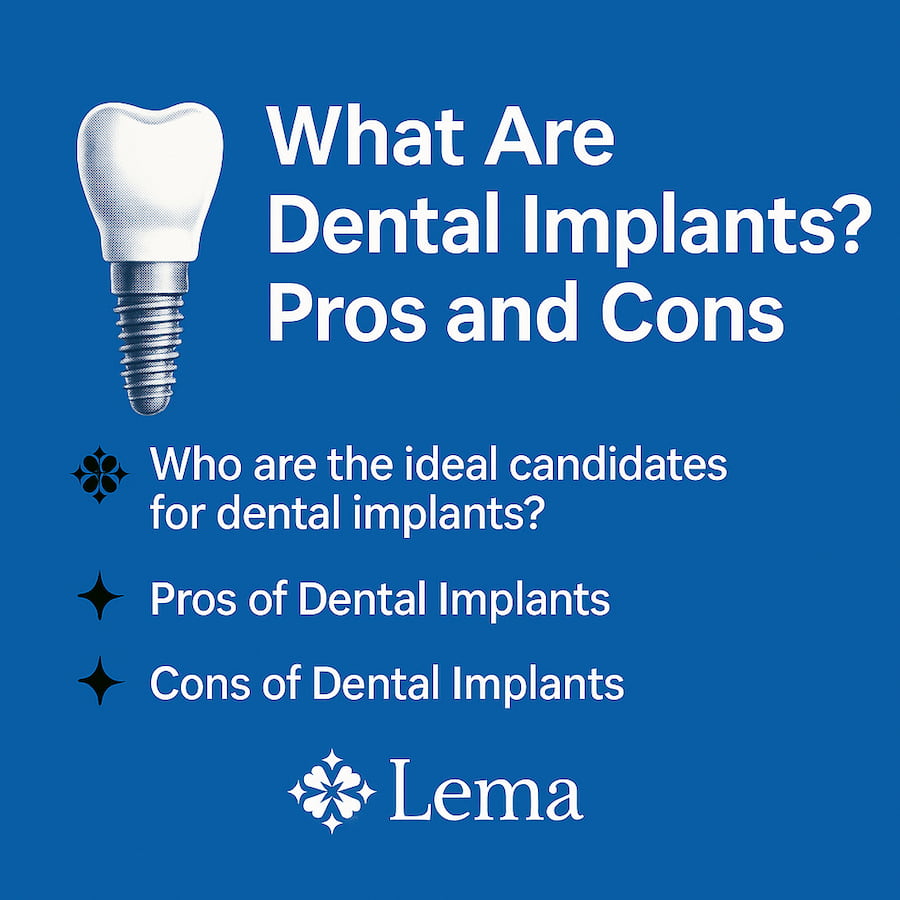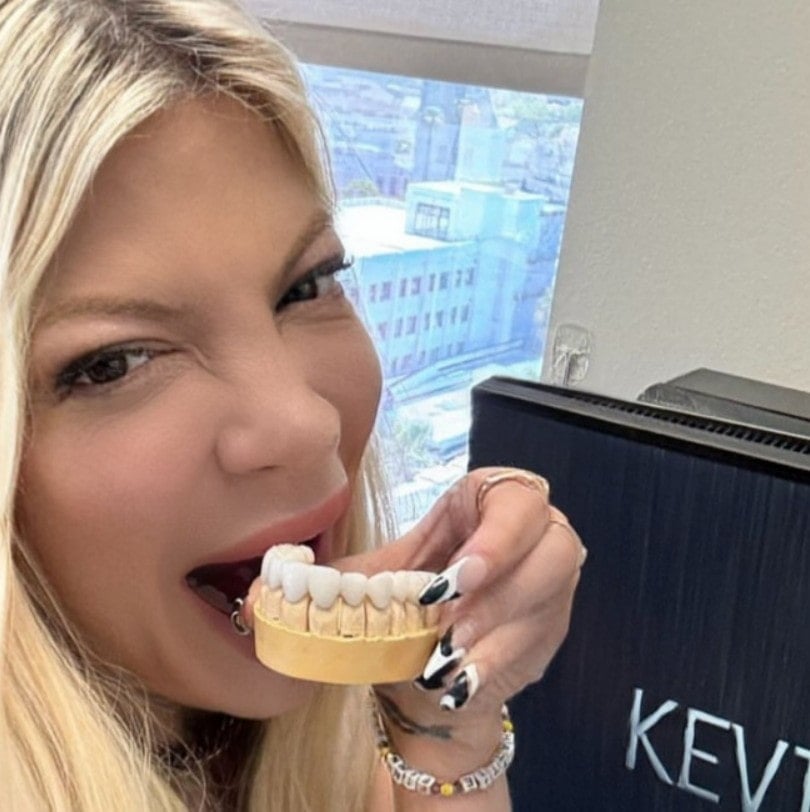🦷Understanding And Treating Buckteeth
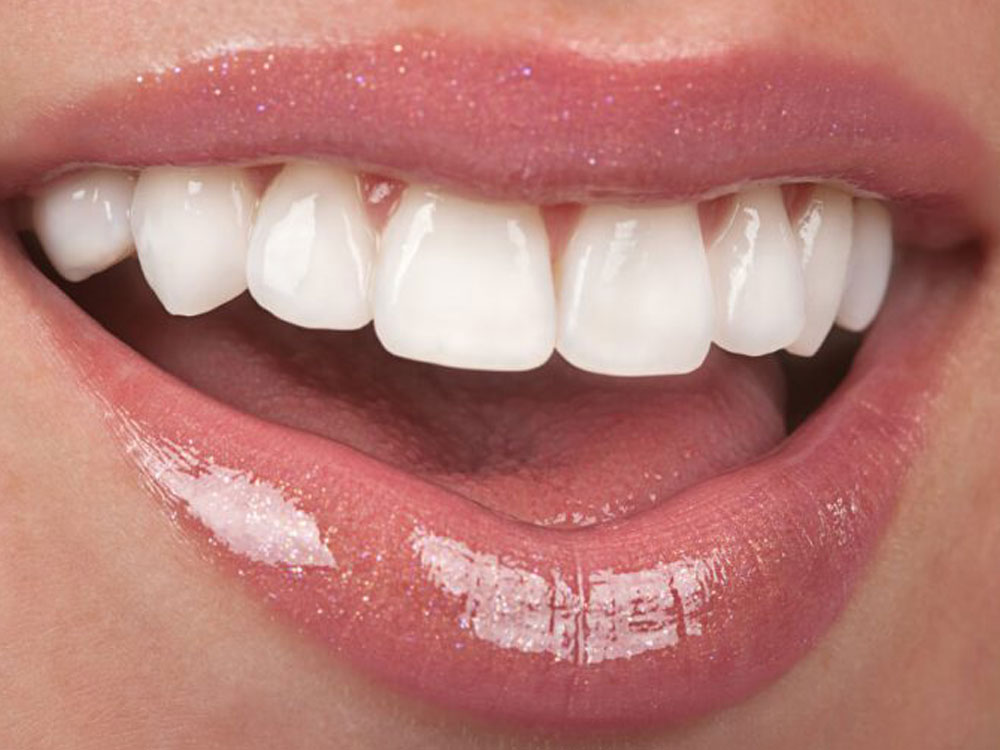
Buck teeth can have a significant impact on a person’s appearance and can also diminish the ability to function. The treatment options available for this common dental condition include traditional braces, clear aligners, and even dental surgery. However, before proceeding to any of these remedial options, it is important to consult an orthodontist for a more personalized analysis and further recommendations.
Also known as protruded front teeth, buck teeth can lead to some unpleasant feelings being brought on not just by the effect that they have on enrichments but also by the effect that they have on the oral health and the self-esteem of those afflicted with this condition. In order to successfully rectify this dental condition, it is important to understand its causes fully.
The purpose of this article is to go on this journey together and discover the factors that may contribute to the presence of buck teeth and what remedies are available to restore confidence in one’s teeth and regain a more beautiful and self-assured smile.
What Are Buckteeth and Causes?
Buckteeth are a dental issue that is caused when the front teeth protrude and are especially prominent with the upper incisors. This problem usually occurs if the upper jaw, known as the maxilla, extends beyond its counterpart, the lower jaw, referred to as the mandible, leading to a visible gap between the teeth.
Many factors can cause buck teeth, including genetics for instance, inheriting the condition from a parent, thumb-sucking in childhood, use of a pacifier for a long time, or health conditions that come with bad oral habits for example, mouth breathing. Some may also be caused by dental malocclusions, which are cases in which the teeth do not come together properly. Recognizing the causes will help one be able to adopt preventive measures or find effective treatment to prevent the further development of buck teeth.
Signs and Symptoms of Buckteeth
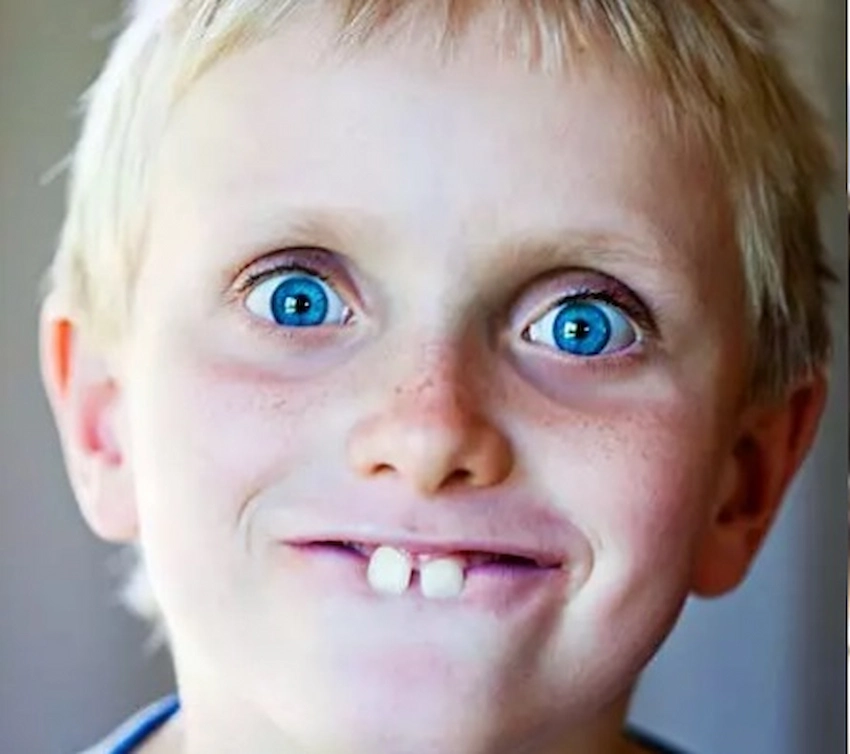
Identifying this condition early on is crucial as it will enable individuals to undergo early treatment. The common signs and symptoms of buckteeth that might help in identifying the condition are discussed below.
Protruded front teeth that are noticeably out of alignment due to buck teeth. Difficulty biting or chewing various types of food, which can hinder effective eating. Problems of speech such as lisping, which may lead to self-consciousness and difficulty in communication.
Worn-down or chipped teeth as a result of biting mal occlusion, which may call for dental intervention. Marfan syndrome in severe cases where the facial bones appear to be too long due to having a receded face. Chronic sore of teeth that protrude due to the failure to align the teeth together well.
It is evident that buck teeth may be a dental problem that is characterized by its challenges. Therefore, what is required is an in-depth observation of the above-mentioned symptoms and patients frequently experience the inability to completely close their mouths or achieve proper occlusion. This is caused by misalignments of the teeth or jaws and can lead to several complications.
When the teeth are misaligned, it can cause excessive wear and tear on the teeth. This is due to the unnatural contact between teeth, leading to increased friction and pressure on specific teeth that can wear down the enamel over time.
Another symptom of malocclusion is the tendency to frequently bite the tongue or the inner cheeks while chewing. This is due to the distraction caused when the teeth do not fit properly and can make meals uncomfortable as well as lead to open sores in the mouth. Malocclusion can also have a significant impact on speech, as the positioning of the teeth is essential for proper articulation of certain sounds. Therefore, when the formation of the teeth is affected.
Diagnosing Buckteeth in Children
Diagnosing buck teeth in children is the best way to really take care of their teeth so that they can have healthy and beautiful smiles that can stand the test of time. Anyone caring for the child including parents and guardians must always look for certain signs to indicate the presence of this dental flaw.
On the visit to see the dentist, he or she will check the child’s dental arrangement, bites, as well as the whole aspect of oral health in general. There are a number of things the dentist will look for including the overjet which is the gap that exists between the upper and lower incisors when the mouth is closed. This gap can make the incisors prone to other dental complications such as chips and even fractures.
Overbite
One wants to correctly alter the respective positions of the upper and lower incisors in order to change the angle considerably in which the upper incisors overlap the lower incisors. This overlap may likely create a pronounced issue among the affected children undergoing treatment since they will not be able to adopt a unique and desirable facial appearance. Overbites can be considered to be divided based on their relative severity. First-degree overbites are more aesthetic than functional thus, they will be addressed to improve the child’s smile or boost their self-esteem. On the contrary, 3rd degrees of overbites are quite severe since they may affect the shape of the jaw or cause TMJ. It is important that parents remember the earlier these cases are seen, the more successful the treatment will be.
Spacing
The spacing of teeth is another important oral health issue that can affect the proper performance of teeth and be indicative of buck teeth type. There should exist a specific amount of space on the dental arch for every tooth to fit appropriately. However, excess space between teeth, which can lead to crowding and misalignment, leads to problems with oral health. Deformed jaws or growth of teeth can be caused by the rapid loss of milk teeth, in this case, the permanent teeth are trying to come through. Children with these spacing problems can undergo braces or other treatment options so that they can smile with confidence without feeling ashamed.
Chewing Issues
Some children might find it difficult to chew or bite food properly since they have misaligned teeth accompanied by the problems. Immediately, the position of their teeth is not right, problems may arise while coping with both biting and chewing food down with the lower incisors and upper incisors not aligning properly. These everyday issues may result in the damaging of the teeth and jaws, highlighting the need for teeth straight.
Dental Surgery
More serious cases may therefore have to undergo necessary surgical procedures to correct the position of the teeth and the alignment of the jaws. Some of the surgical procedures that may be required include the formation of dental implants, jaw surgery, and bone grafting. However, noninvasive treatment methods must be sought and instructions adhered to before these steps are taken.
Braces for Correcting Buckteeth
Braces play an important part in straightening the teeth in the mouth, thus properly aligning your teeth and also enhancing dental aesthetics. When braces are fitted, the realignment process commences as the teeth are guided to settle properly. Orthodontists recommend various forms of braces, for example, for the case of a mild case of buck teeth and the cosmetic preference one may have, one might want to get invisible, metal or even ceramic braces. These braces apply a constant force on the teeth which guides them to a better alignment over a period of time.
While it could take several months before achieving a complete all-around fit with braces, the time could extend to a few years to obtain a well-proportioned set of teeth. To obtain better results it is very important that you should have check-ups with your dentist at regular intervals or every so many months so that the braces can be adjusted as required as well as keep track of the improvement.
The active and continuous pressure applied by the braces helps trousers the teeth to obtain a nice evenly-arranged smile. As you listen attentively to your orthodontist and practice good oral hygiene, these results will be attainable; you will therefore get a perfect bite and an increase in your confidence.
Surgical Procedures for Severe Cases of Buck Teeth
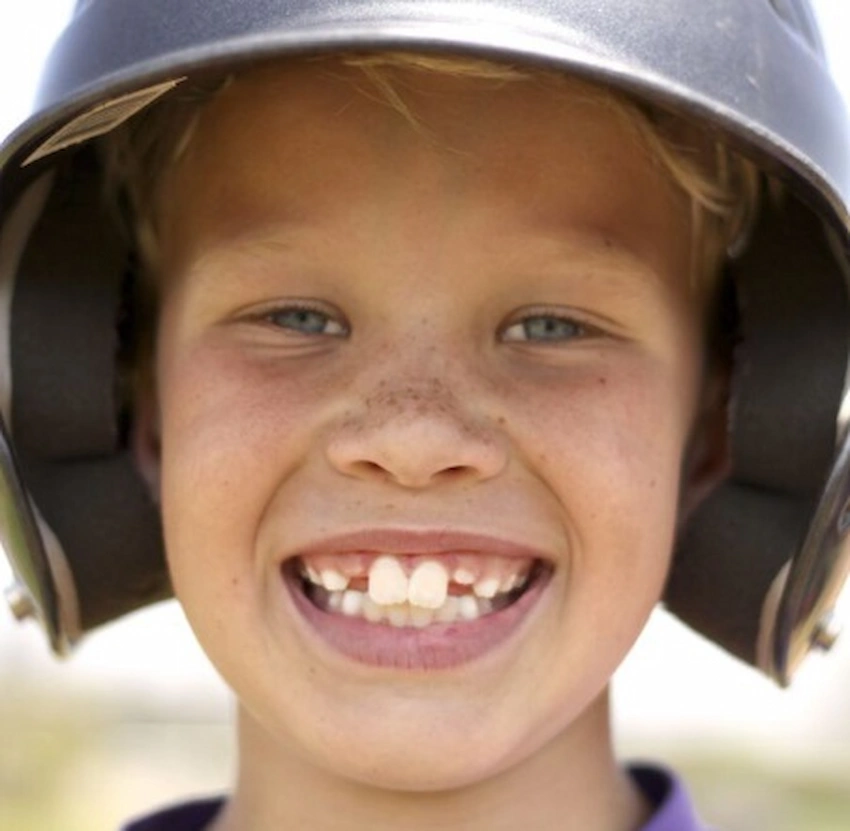
Buckteeth are often seen as a simple dental issue that can be fixed with the help of an orthodontist and braces. However, in some cases, normal braces cannot be used to correct buck teeth that are highly pronounced. When it comes to this, dentists and orthodontists recommend surgery as the best option to correct buck teeth. The following surgical options can be used:
- Orthognathic Surgery: This is a surgical procedure that is used to reposition the jaw in cases of serious problems with the bite and may help to get rid of the bite problem causing the improper alignment of the teeth, which may lead to the buck teeth that may be affected by the jaw and it is done by providing a targeted solution to the affected areas and restoring the functionality and symmetry of the jaw. This is a multi-stage surgical service that can take a long time to be completed and the customer must be ready for it and must be ready for the possible revision.
- Tooth Extraction: In some severe cases, there may be many teeth in a specific area of the mouth that cause problem solving for the implant; thus, one or more teeth can be extracted for the purpose of giving an opportunity for the alignment of the teeth again. The orthodontist may recommend the extraction of any tooth that is considered to be the least important for any orthodontic treatment or those teeth that have become painful, weak, or were damaged such as when the dentist prescribed teeth removal or did not invest in any teeth and it is advisable to have teeth examined to see the possibility of orthodontic transformation.
- Palate Expanders: A palate expander is an orthodontic tool that will serve to separate the dental arch and widen the upper jaw. These appliances are most often used in children to permanently widen the palatine bone and then make possible a good alignment of teeth.
Frequently Asked Questions About Buck Teeth
Buck teeth, also known as protruded front teeth, occur when the upper teeth extend beyond the lower teeth, leading to an open bite. This misalignment can affect both aesthetics and oral function, including chewing and speaking.
Buck teeth are caused by a variety of factors, including genetics, thumb sucking, prolonged pacifier use, mouth breathing, and dental malocclusion. Poor habits in childhood, such as thumb sucking, are common causes, but genetic factors can also play a role.
Common symptoms of buck teeth include protruding front teeth, difficulty biting or chewing food, speech problems like lisping, and excessive wear on teeth. These issues can affect both oral function and confidence.
Buck teeth are diagnosed through a physical examination by a dentist or orthodontist. They will assess the alignment of the upper and lower teeth and may take X-rays to evaluate the jaw structure and identify any underlying issues.
Treatment for buck teeth typically involves orthodontic options such as braces or clear aligners to shift the teeth into proper alignment. In severe cases, surgical intervention may be necessary to reposition the jaw.
Yes, braces are a common and effective treatment for buck teeth. They apply gentle pressure to realign the teeth and correct bite issues, resulting in a more balanced and aesthetically pleasing smile.
Yes, non-surgical options such as braces, clear aligners, and retainers can treat buck teeth. These methods gradually move the teeth into their correct positions without the need for surgery.
Orthognathic surgery is a procedure used to correct jaw misalignments that contribute to buck teeth. It involves repositioning the upper and lower jaws to improve the bite and facial appearance, typically in severe cases that cannot be corrected with braces alone.
The duration of treatment for buck teeth depends on the severity of the condition and the chosen treatment. Braces may take 12 to 24 months, while surgical options can take several months for complete recovery.
Yes, untreated buck teeth can lead to difficulties with chewing and speaking, and may cause additional wear on teeth due to improper alignment. These issues can also contribute to jaw pain and discomfort over time.

